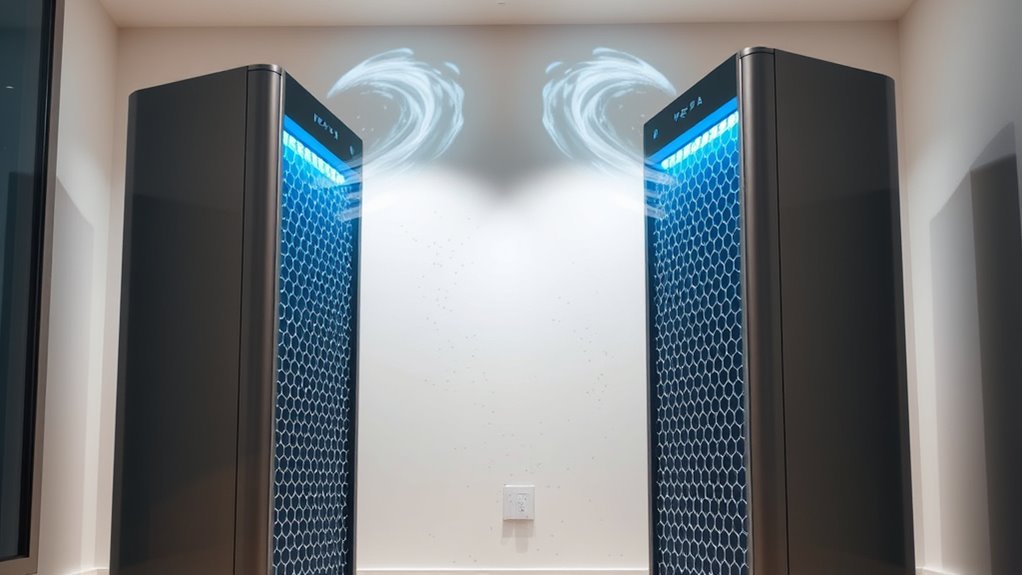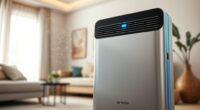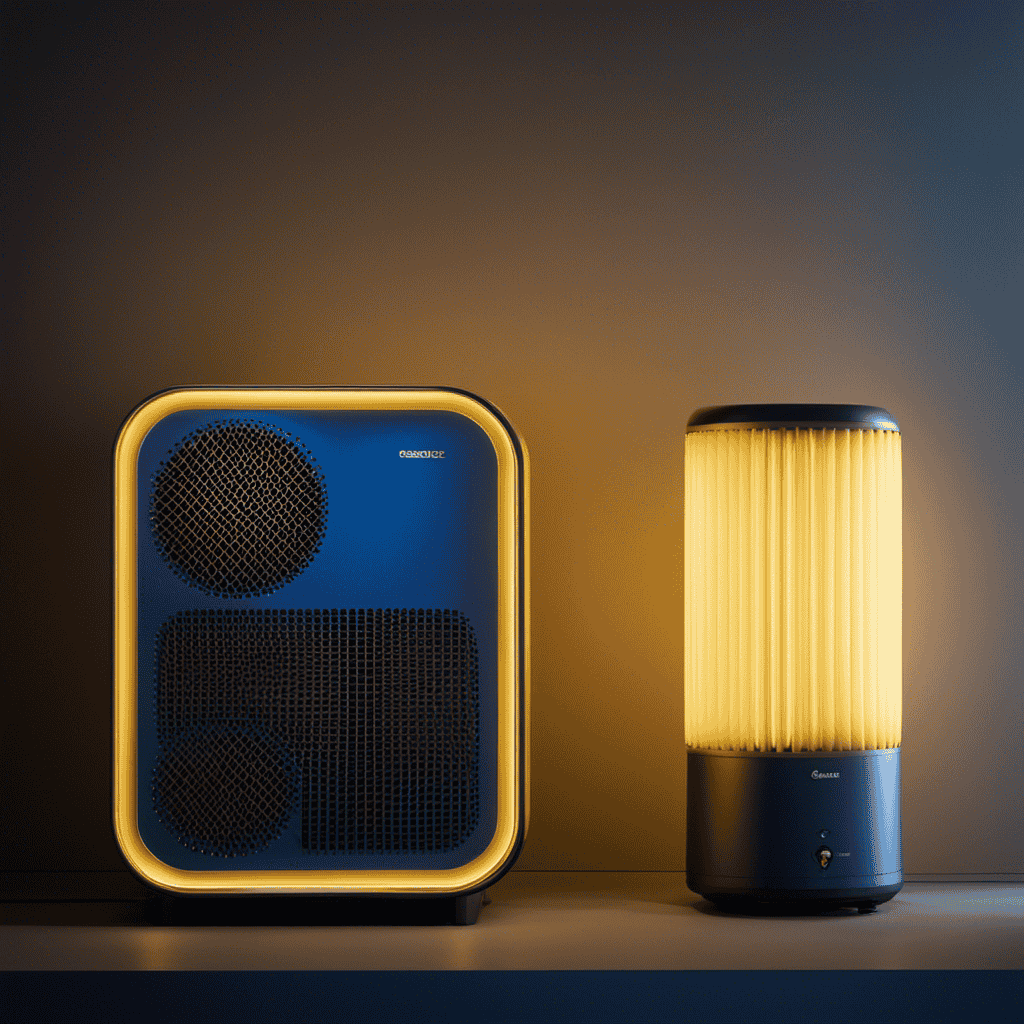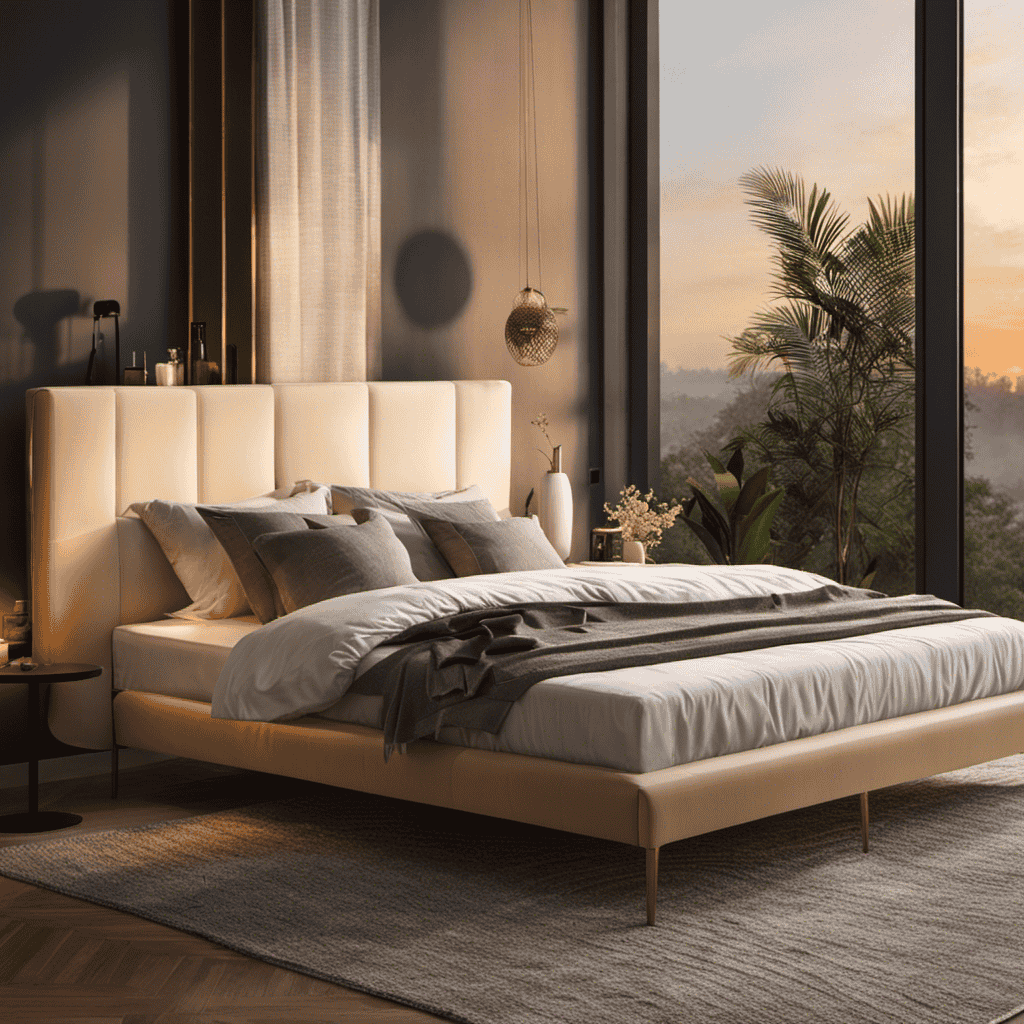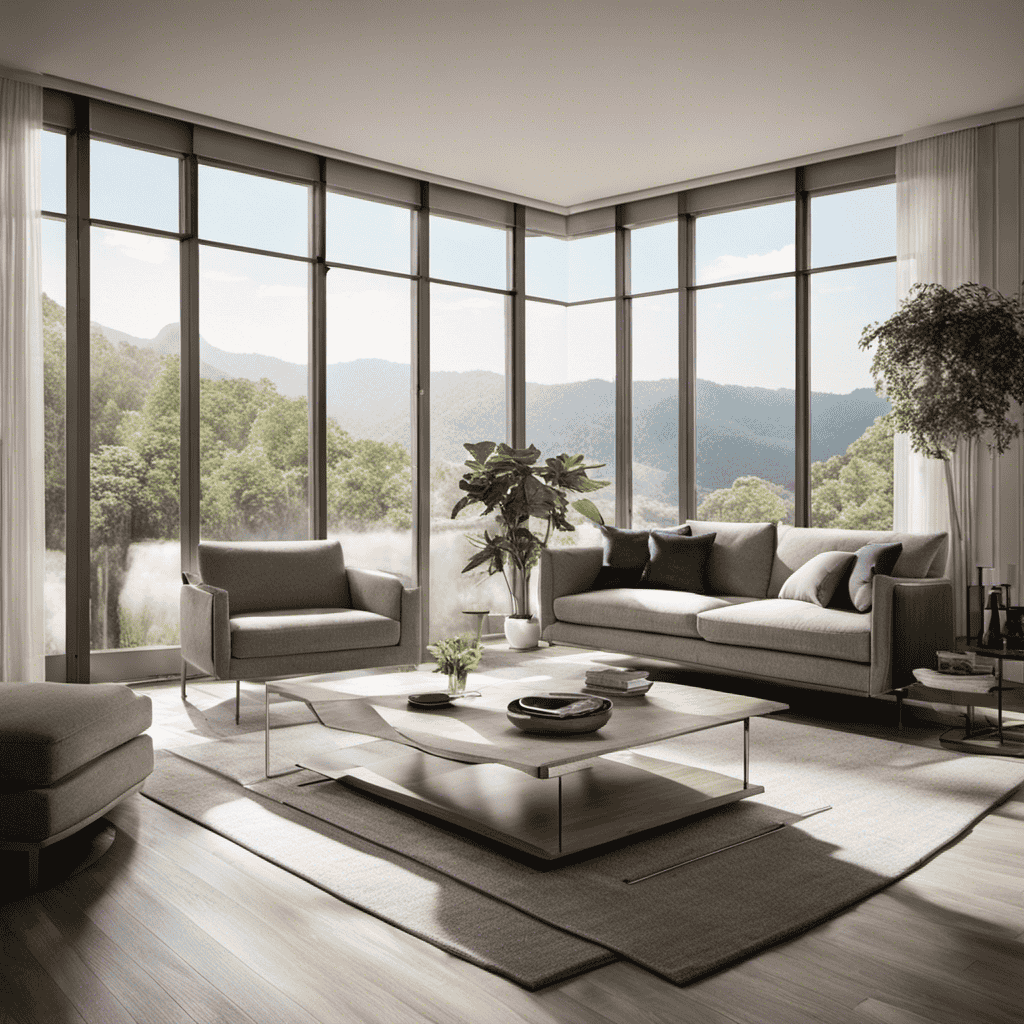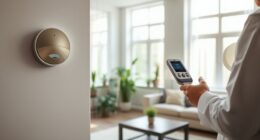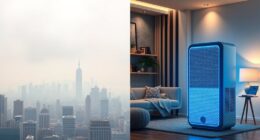When you use multiple HEPA units, they can complement each other if you position and coordinate them properly. Proper placement maximizes airflow, reduces turbulence, and guarantees even coverage, turning them into a powerful, unified filtration system. However, if not managed well, units might compete for space or create disruptive airflow patterns. To get the best results, focus on strategic placement and operation. Keep exploring to discover how to optimize your air purification setup effectively.
Key Takeaways
- Properly placed HEPA units complement each other by ensuring even airflow and comprehensive coverage.
- Overlapping airflow from multiple units can cause turbulence, potentially reducing filtration efficiency.
- Coordinated operation and strategic placement turn multiple units into a synergistic system, enhancing air quality.
- Noise levels may increase with multiple units, but thoughtful placement and settings maintain comfort.
- When well-deployed, multiple HEPA units work together to improve indoor air quality more effectively than a single unit.
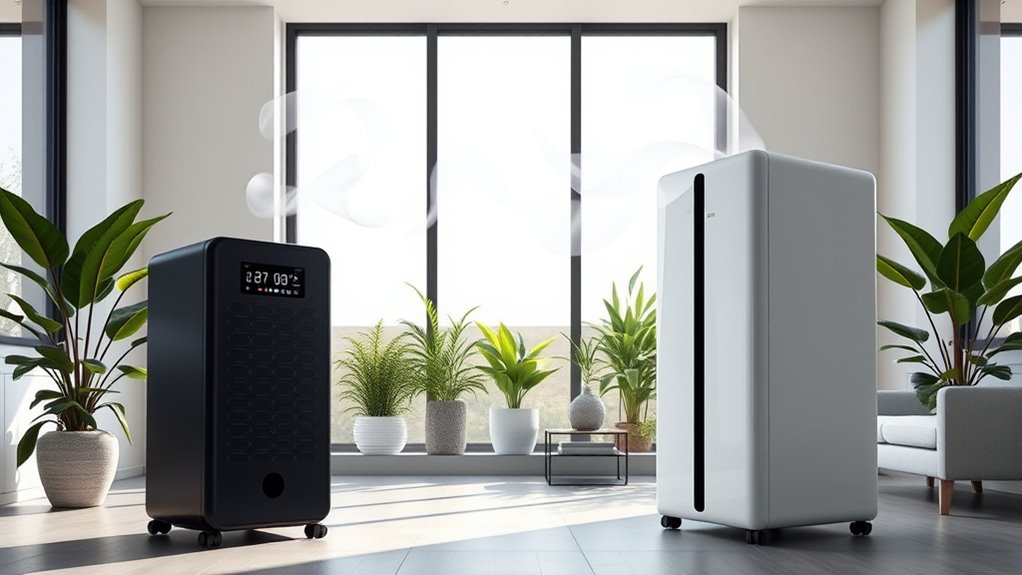
When it comes to improving indoor air quality, deploying multiple HEPA units can either be seen as competing devices or powerful allies working together. If you’re considering using more than one, it’s important to understand how they interact. One of the main concerns is airflow efficiency. When multiple units are running simultaneously, you want to guarantee they don’t create disruptive airflow patterns or dead zones where air isn’t effectively circulated. Proper placement is key; positioning units in different areas of a room or space can maximize airflow, helping each unit complement the others rather than compete. This approach allows clean, filtered air to circulate evenly, reducing airborne contaminants more effectively.
Strategic placement of multiple HEPA units maximizes airflow and enhances indoor air quality effectively.
Another factor to take into account is noise levels. HEPA units can vary considerably in the amount of noise they produce, especially if they’re high-capacity models. Running several units at once might raise overall noise, which could become intrusive or disruptive, particularly in quiet environments like bedrooms or offices. To balance airflow efficiency with comfort, look for units designed with quiet operation features or adjustable fan speeds. Using a combination of high and low noise units strategically placed can help maintain a peaceful environment while maximizing air filtration.
It’s also worth noting that more units don’t automatically mean better air quality if they’re not coordinated well. Overlapping airflow can cause turbulence, which might reduce each unit’s effectiveness and create inconsistent filtration throughout the space. Instead, aim for a system where units work harmoniously. This might mean staggered operation times or different settings tailored to specific areas. Making sure each unit’s airflow doesn’t interfere with others helps maintain consistent air quality and prevents unnecessary energy consumption.
Furthermore, the real power of multiple HEPA units lies in their ability to cover larger spaces or multiple rooms. When used thoughtfully, they’re more than just duplicates—they’re partners in creating a comprehensive air filtration system. Proper sizing and strategic placement ensure each unit contributes to a unified effort, rather than working against each other. Regular maintenance, like changing filters and cleaning units, also keeps airflow efficiency high, ensuring noise levels stay manageable and performance remains ideal.
In essence, multiple HEPA units can be highly effective if you plan their deployment carefully. By focusing on airflow efficiency and managing noise levels, you turn what could be perceived as competition into a coordinated effort. The goal is to create a healthier indoor environment where air circulates freely, contaminants are captured efficiently, and noise remains unobtrusive—making your space safer and more comfortable.
Frequently Asked Questions
Can Multiple HEPA Units Improve Overall Air Quality More Than a Single Unit?
Using multiple HEPA units can improve your air quality more than just one, especially in larger spaces. They boost air circulation, helping to filter out more allergens and pollutants quickly. However, you need to guarantee proper filter replacement and placement to avoid overlap or gaps. When used correctly, multiple units work together to create a cleaner, healthier environment, making a noticeable difference in air quality.
Are There Specific Room Sizes Where Multiple Units Are More Effective?
Room size and unit placement dramatically influence whether multiple HEPA units work best. In larger spaces, multiple units can cover more area effectively, reducing airborne pollutants quickly. Conversely, in smaller rooms, a single, well-placed unit often suffices. You should assess your room size carefully and position units strategically to maximize air cleaning, ensuring each unit complements the others without unnecessary overlap or inefficiency.
How Do Noise Levels Compare When Using Multiple HEPA Air Purifiers?
When using multiple HEPA units, noise levels can increase due to more fans operating, which might cause noise interference. However, with proper placement, you can improve air circulation without overly amplifying sound. Choose quieter models and space them out, so their noise doesn’t become disruptive. This way, you enhance air cleaning efficiency while maintaining a more comfortable environment, balancing air circulation with minimal noise disturbance.
Is There a Risk of Increased Energy Consumption With Multiple Units?
Using multiple HEPA units can increase your energy consumption, impacting energy efficiency and cost implications. While running several purifiers might improve air quality, it also means higher electricity bills. To optimize both, consider choosing energy-efficient models or adjusting their operation times. Be mindful of the added energy use to balance air purification benefits with cost savings and environmental impact, ensuring you get the most effective and efficient air cleaning.
Can Multiple HEPA Units Cause Air Turbulence or Interference?
When using multiple HEPA units, airflow disruption can occur if they’re placed too close or directed improperly, potentially causing interference between units. This interference might reduce overall effectiveness and create uneven air circulation. To avoid these issues, position units with adequate space and consider airflow patterns. Proper setup guarantees they work together smoothly, enhancing air quality without causing turbulence or unit interference.
Conclusion
Remember, two heads are better than one, and the same goes for HEPA units. When used together, they often complement each other, providing cleaner air and better coverage. Instead of competing, they work in harmony to improve indoor air quality. So, if you want the best results, consider combining multiple units strategically. After all, teamwork makes the dream work—especially when it comes to breathing easier at home.
